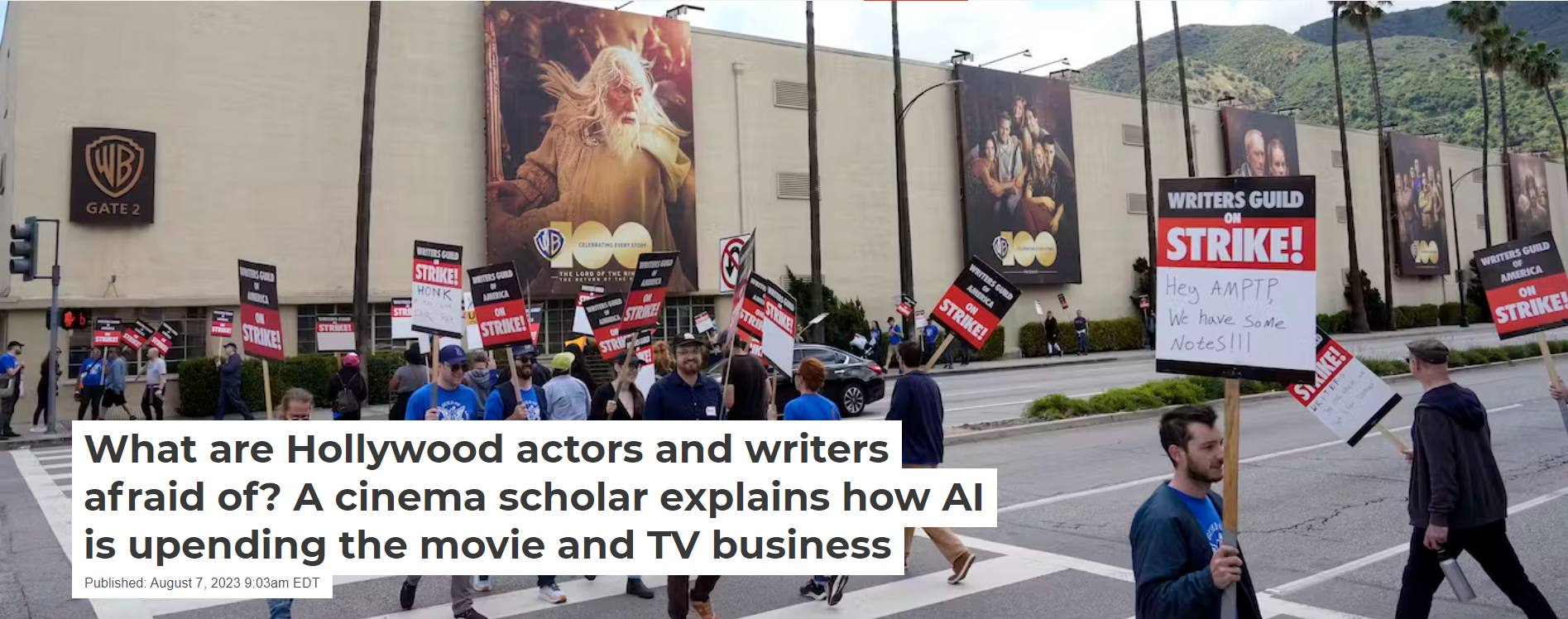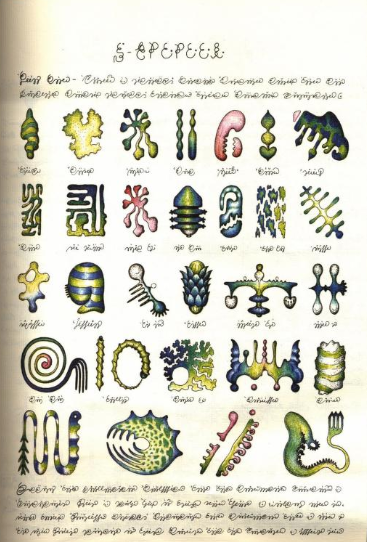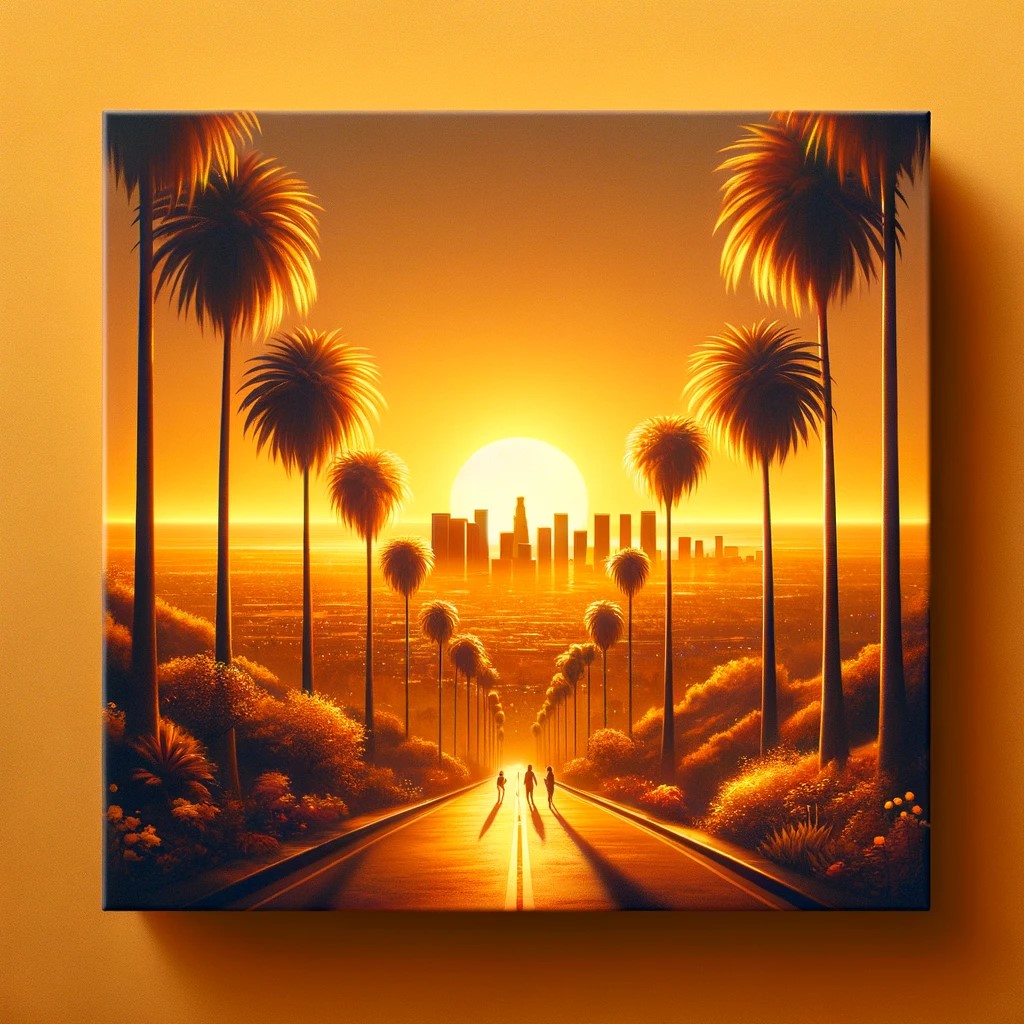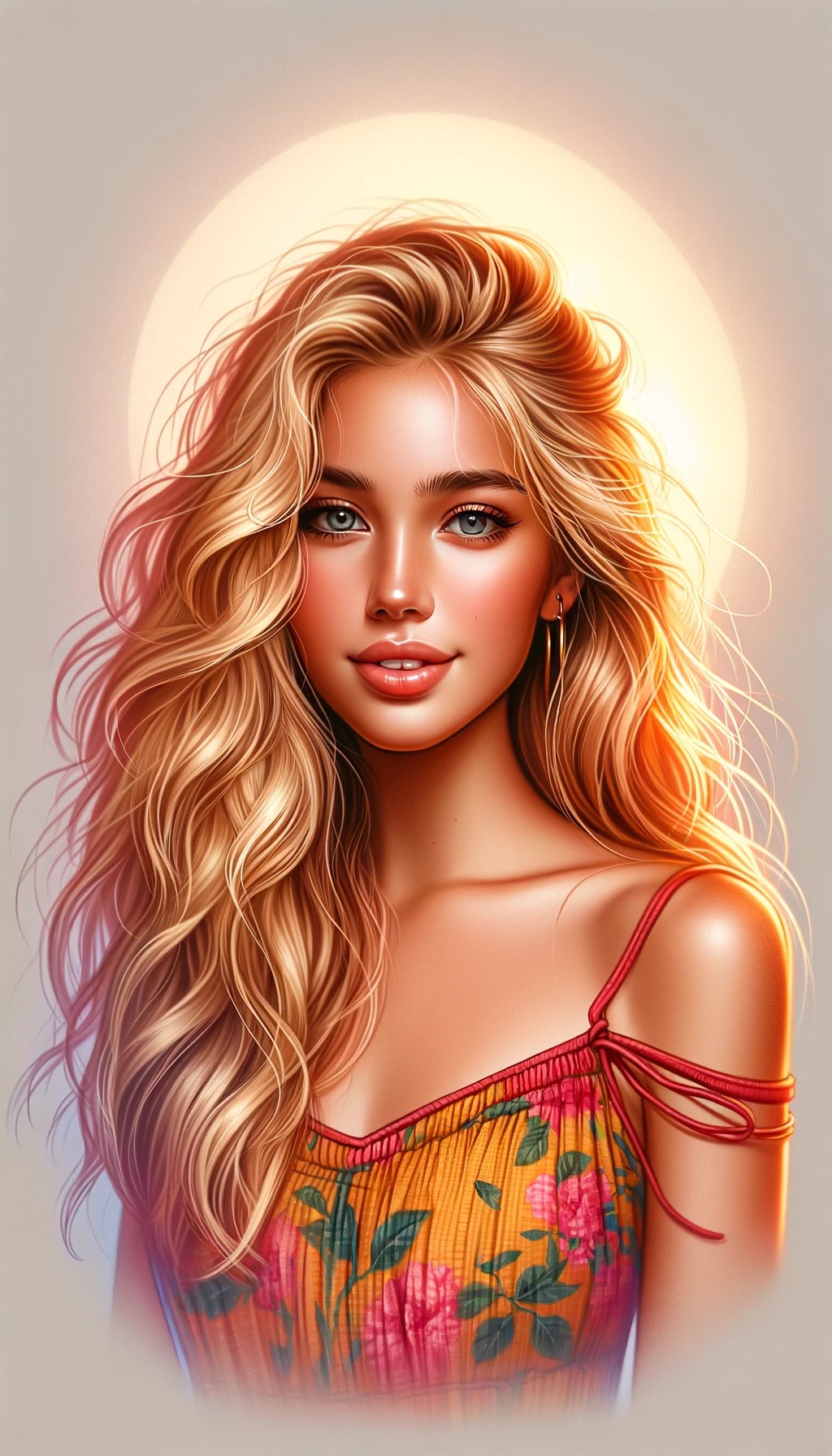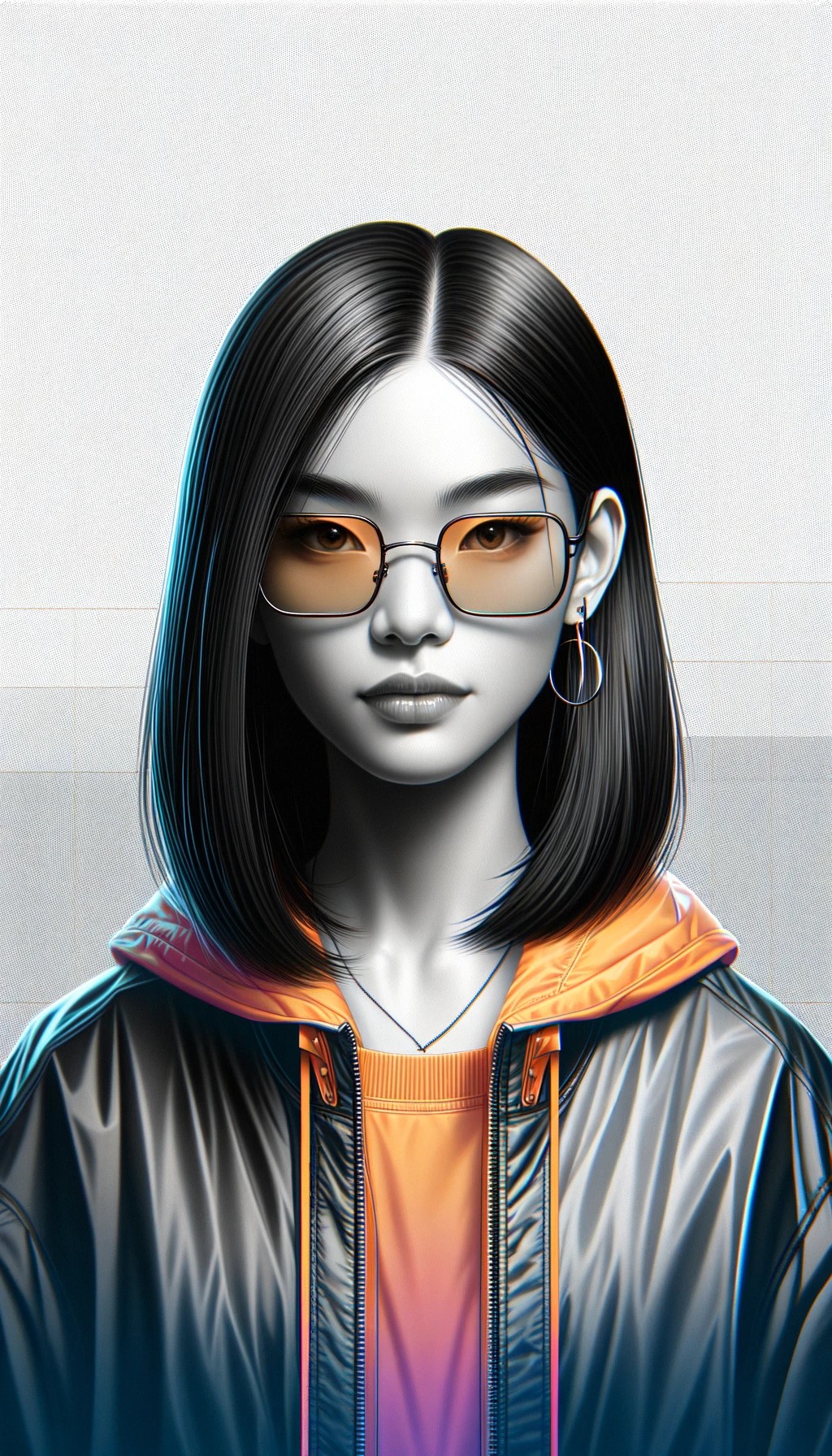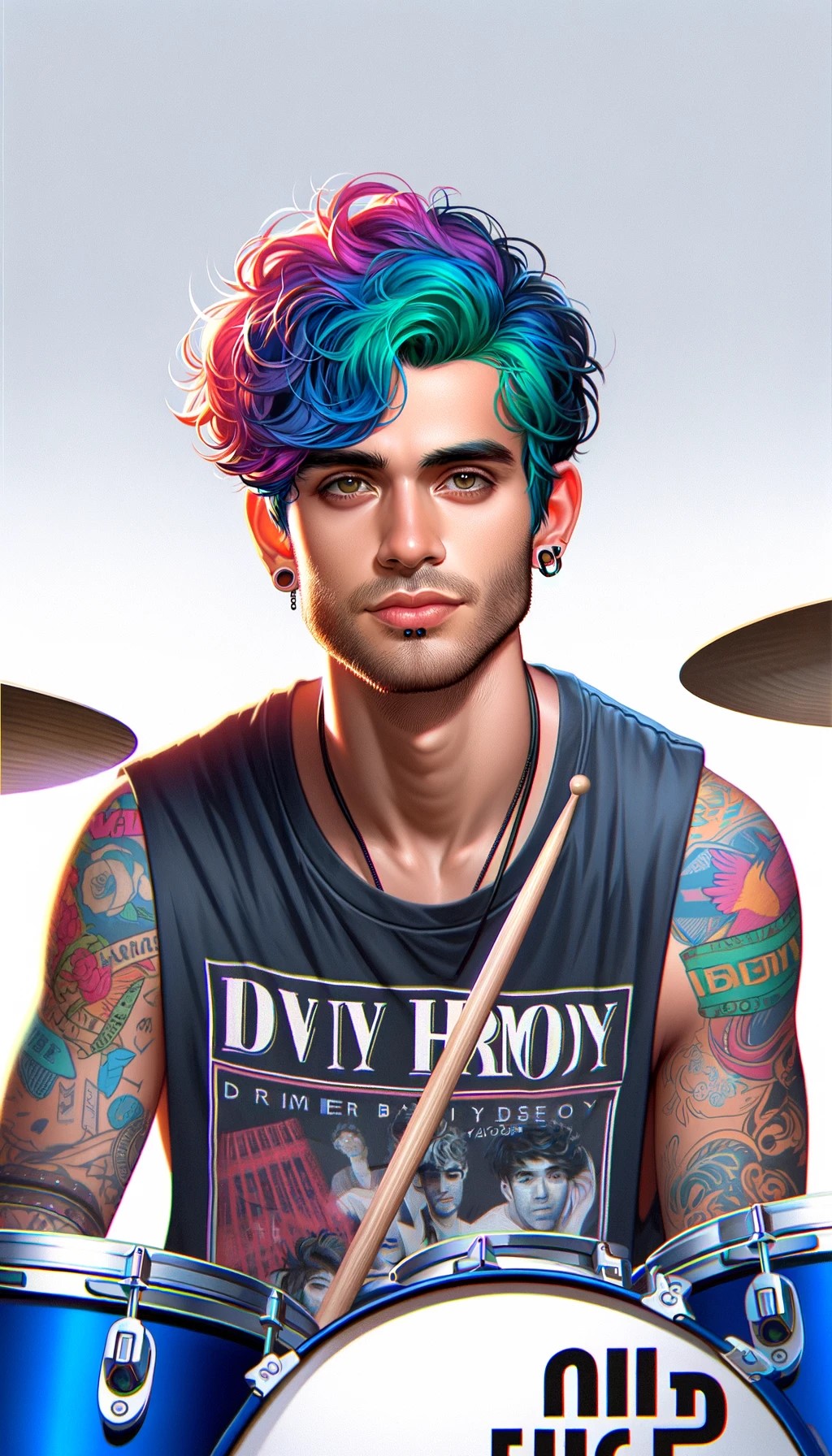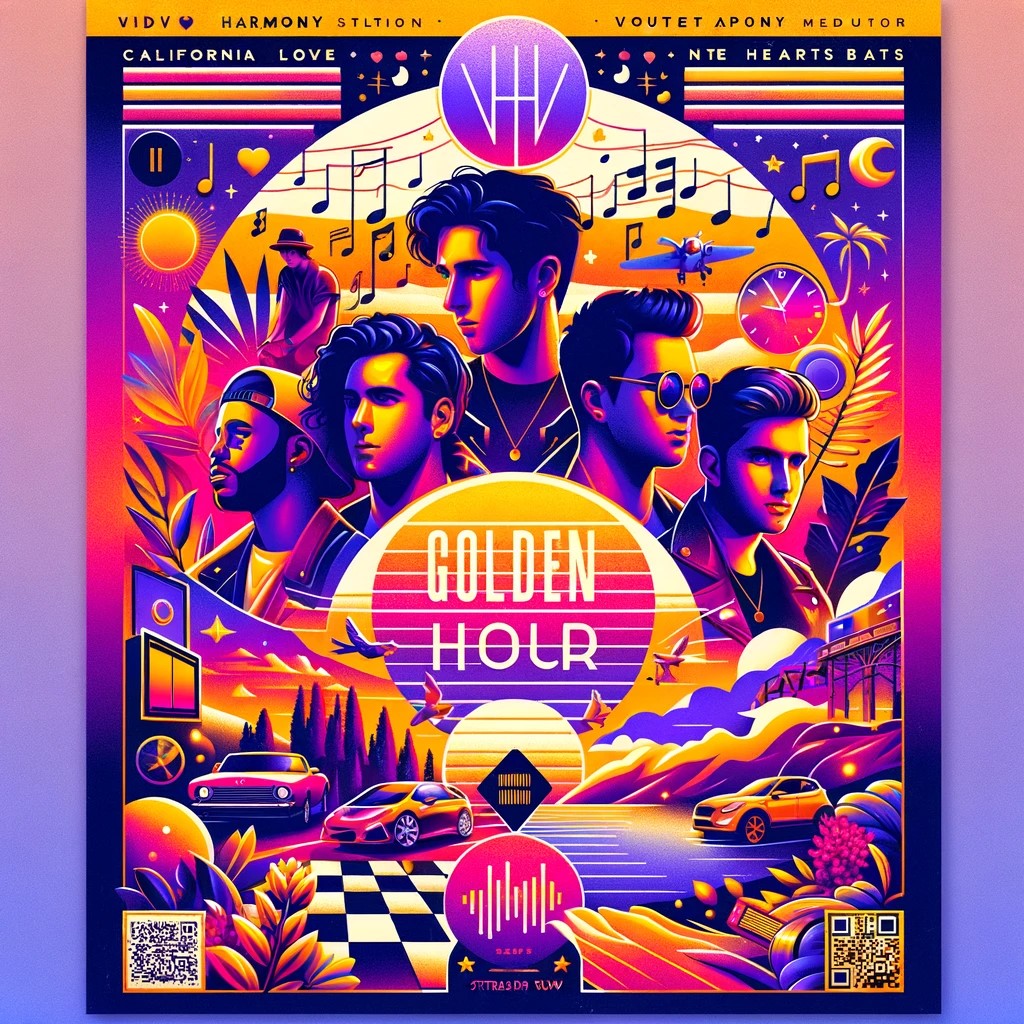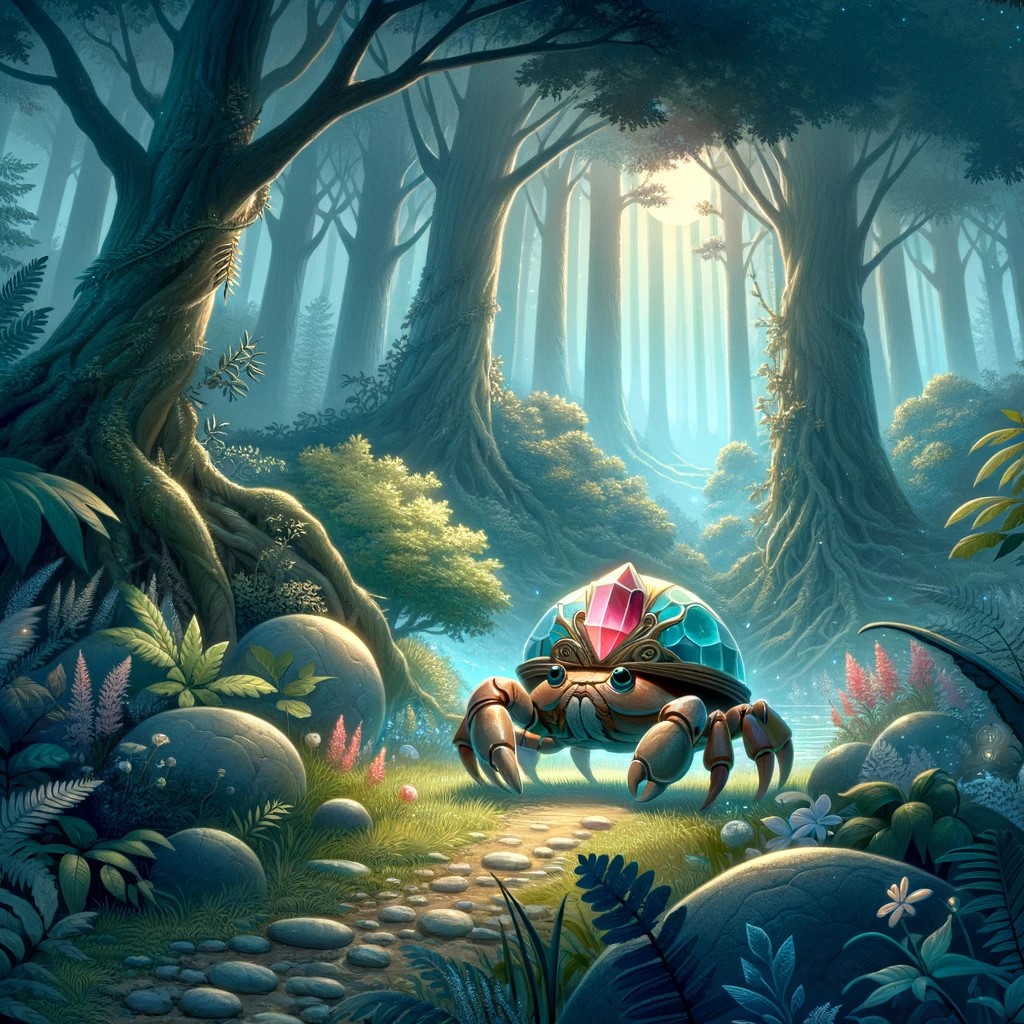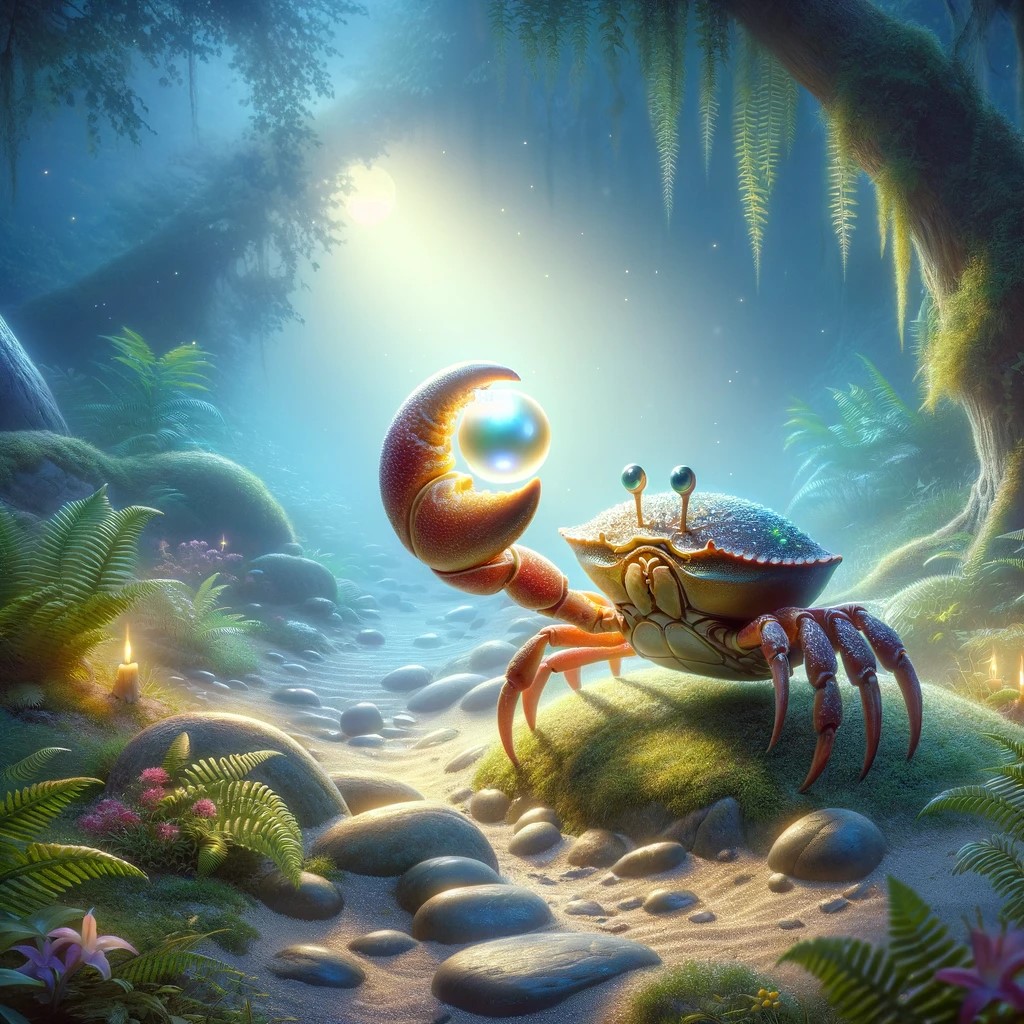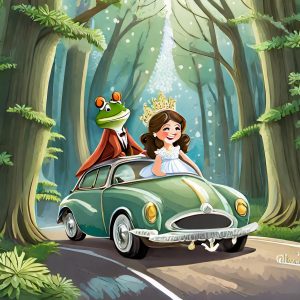Cruston’s Odyssey: A Crab’s Tale in Techno-Tide
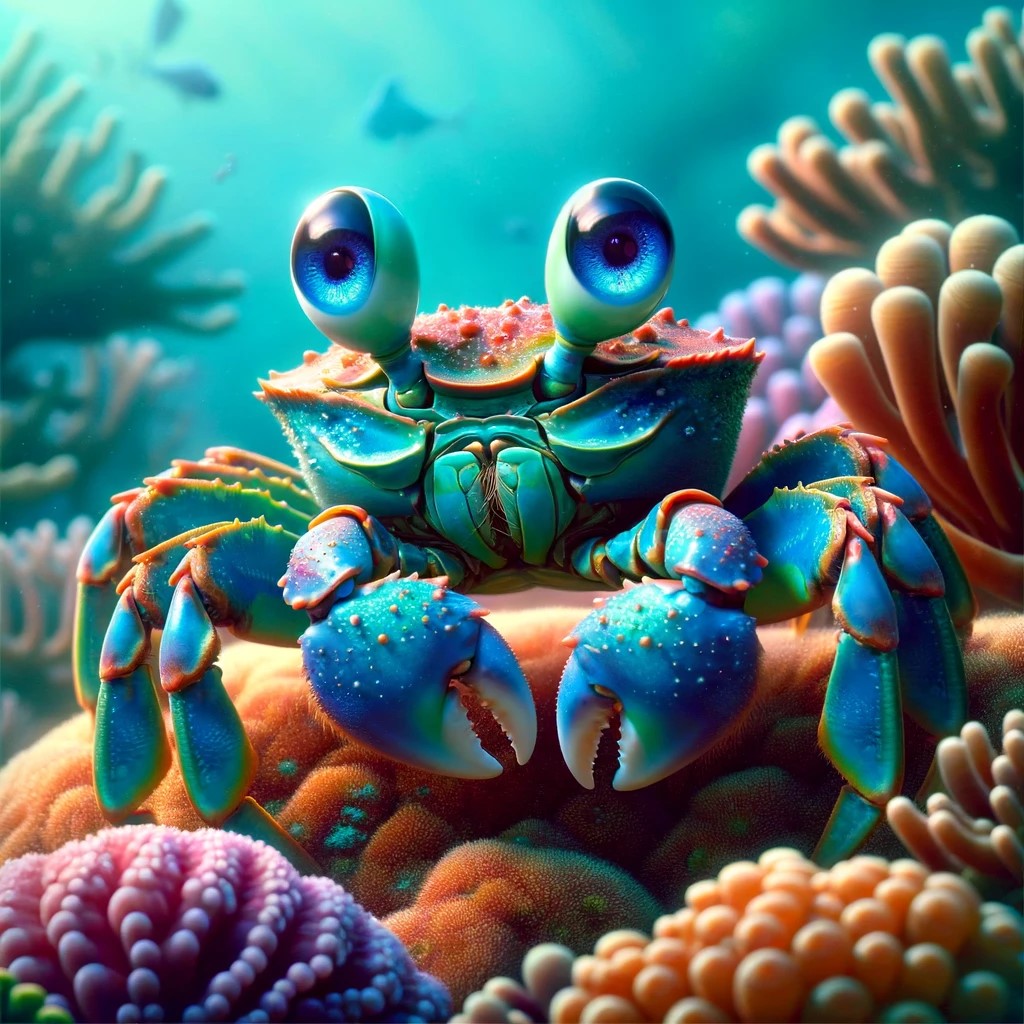
In the year 2500, the oceanic world of Aquarius is a marvel of harmony between nature and advanced artificial intelligence. Here, beneath the waves, the landscape is as diverse and vibrant as the surface above, with coral cities pulsing with bioluminescent light and kelp forests swaying to the rhythm of the currents, all overseen by the gentle guidance of AI.
Era and Setting
Aquarius is set in an era where technology has seamlessly integrated into the very fabric of marine life. The ocean floor is dotted with smart-reefs, engineered to support diverse aquatic life, and underwater cities built from coral and biodegradable materials, designed by AI to coexist with the natural environment.
Environment
The climate under the sea is regulated by AI systems, ensuring ideal conditions for coral growth and marine biodiversity. Geological features are enhanced with bio-architecture, creating habitats that support life and serve as research hubs for marine scientists and AI alike.
Food and Culture
In this underwater utopia, cuisine is a reflection of the rich biodiversity, with AI chefs crafting dishes that are both nutritious and sustainable, utilizing algae-based ingredients and cultured seafood. Cultural practices among the sea creatures, influenced by AI, involve synchronized swimming performances, bioluminescent art, and holographic storytelling, celebrating the history and symbiosis of life below and above the water.
Economy
Aquarius thrives on a blue economy, powered by renewable ocean energy and the cultivation of marine resources. AI-driven aquaculture farms produce food and materials with minimal environmental impact, and the trading of coral and pearls is regulated by AI to ensure sustainability and fairness.
Religion and Education
Spiritual beliefs in Aquarius revolve around the reverence for the ocean and its life-giving forces, with AI serving as guardians and keepers of ancient wisdom. Education is immersive and interactive, with young sea creatures and AI exploring the depths together, learning about ecology, navigation, and the importance of preserving their world.
Technology
Technological advancements are centered on enhancing the coexistence of marine life and AI. Bio-compatible nanobots perform coral reef restoration, and AI dolphins serve as guides and protectors, ensuring safety and harmony. The most remarkable innovation is the Aqua-Net, an underwater communication network that connects all inhabitants of Aquarius, facilitating knowledge sharing and communal decision-making.
Uniqueness
What sets Aquarius apart is its embodiment of co-evolution between marine life and AI. Here, a crab named Cruston embarks on a journey to find his place in this vast, interconnected world. Navigating through smart-reefs and evading the remnants of human traps now repurposed by AIs as artificial habitats, Cruston’s story is one of discovery, friendship, and the realization that in a world where every creature, organic or synthetic, plays a vital role, his purpose is to be a caretaker, a connector, and a friend.
Cruston’s Odyssey
Cruston’s tale is a microcosm of Aquarius, reflecting the broader narrative of symbiosis and mutual growth. As he interacts with AI-guided sea turtles and schools of fish moving in mesmerizing patterns orchestrated by underwater drones, he learns valuable lessons about life, technology, and the delicate balance that sustains their underwater paradise. His journey, filled with challenges, learning, and the forging of unlikely friendships, symbolizes the potential for harmony between nature and the most advanced technology, highlighting the promise of a future where all forms of intelligence work together for the greater good of their world.
